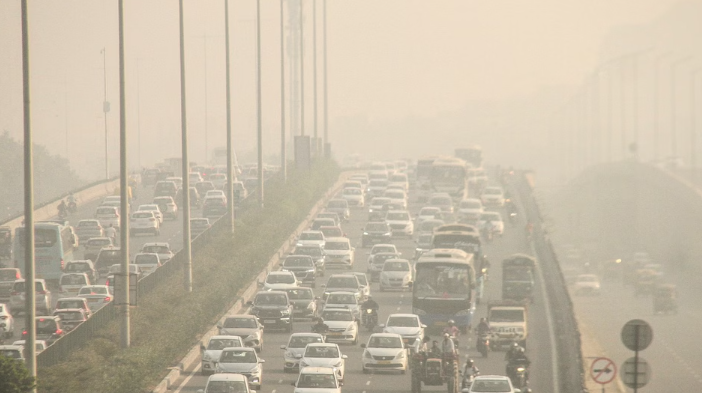Delhi air quality: While the overall AQI remained in the ‘very poor’ category, the number of stations that recorded ‘severe’ AQI of 400 and above were fewer on Wednesday.

The air quality in Delhi has remained in ‘very poor’ category for the past few days. On Wednesday, the AQI of Delhi hovered at 358, a slight improvement from Tuesday’s 384, which also falls in the ‘very poor’ category. However, many of the stations across the national capital have recorded AQI at over 400, which is the ‘severe’ category.
While the overall AQI remained in the ‘very poor’ category, the number of stations that recorded ‘severe’ AQI of 400 and above were fewer on Wednesday. Mundka reported an AQI of 419, while Wazirpur recorded 421, NSIT Dwarka 447, and Bawana 412.
Dwarka Sector 8 reported an AQI of 355, IGI Airport 347, ITO 327, Jahangirpuri 398, Jawaharlal Nehru Stadium 315, Lodhi Road 309, Narela 377, New Moti Bagh 381, North Campus DU 373, Patparganj 381, Punjabi Bagh 388, RK Puram 373, Rohini 395, Siri Fort 341, Vivek Vihar 382, Anand Vihar 372, Ashok Vihar 398, and Mathura Road 333, among others.
DELHI MOST POLLUTED
Meanwhile, a recent analysis conducted by the independent think tank, Centre for Research on Energy and Clean Air (CREA) shows Delhi as the most polluted city in India for the month of October, with an average PM2.5 level of 111 micrograms per cubic metre.
The analysis highlights that all the top 10 polluted cities during this period were located within the National Capital Region (NCR). Alongside Delhi, the list includes Ghaziabad with 110 micrograms per cubic metre, Muzaffarnagar at 103, Hapur at 98, Noida at 93, Meerut at 90, Charkhi Dadri and Greater Noida both at 86, and Gurugram and Bahadurgarh each recording 83 micrograms per cubic metre.
The average PM2.5 concentration in Delhi for October was notably 2.5 times higher than the September average, which stood at 43 micrograms per cubic metre. The analysis also indicated that stubble burning contributed to less than 10 per cent of the PM2.5 pollution in Delhi during October. The primary increase in pollution levels was attributed to year-round emission sources.
Article Credit: businesstoday